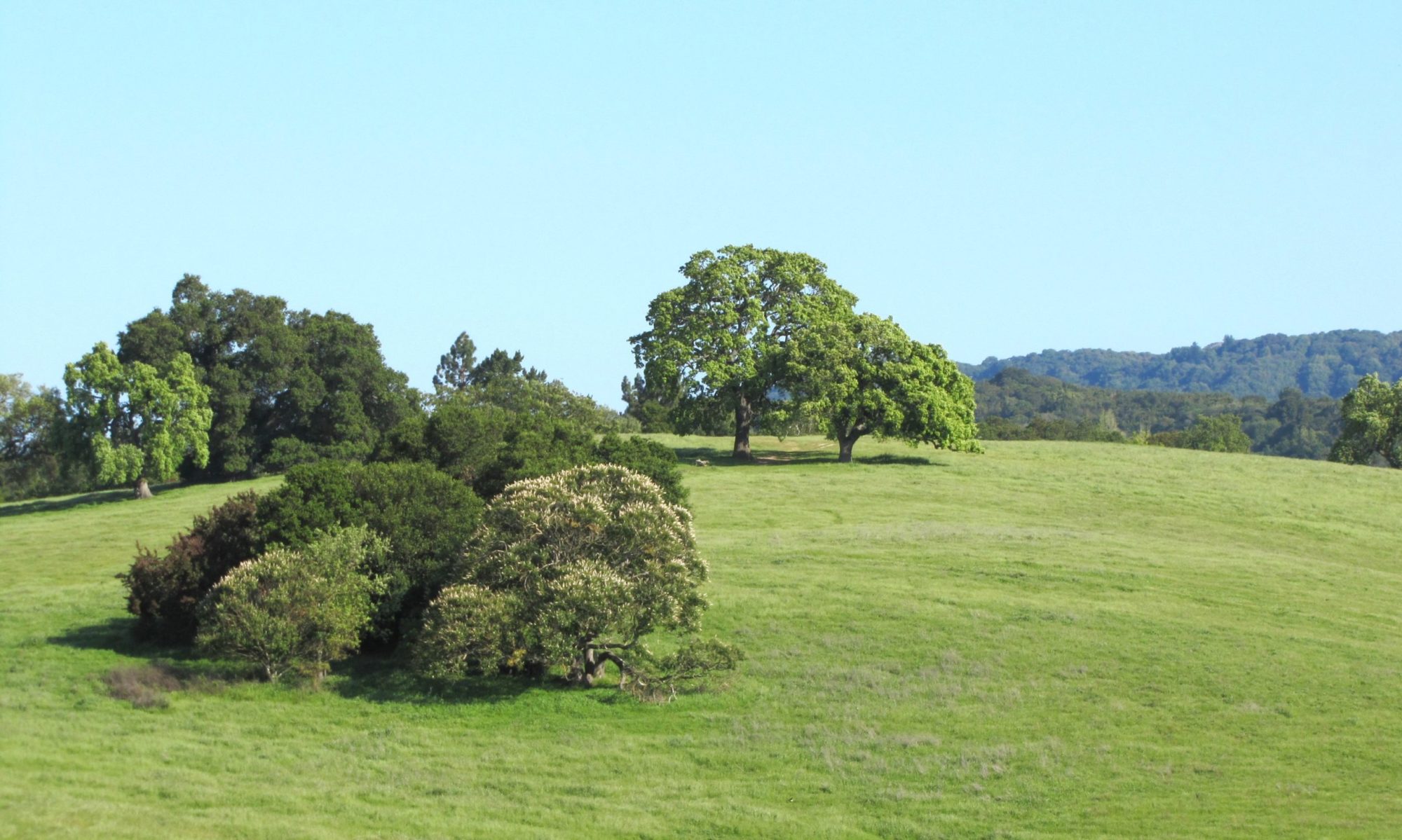TRANSITIONING TO ORGANIC TREE AND LAND CARE
Consultation and Treatment Services
1. Initial site inspection, assessment of current status of soil and plant health. Review customer concerns for tree and landscape care, history of plant disorders, pest and disease problems, questions and needs.
2. Initial assessment of growing condtions, soil and water managment, compatibility of plantings and irrigation. Identify major issues and urgent treatments needed.
3. Review of chemical vs biorational / organic methods and materials with recommendations for changes in management.
4. Follow up for thorough site and tree inspections as needed. Tree health and structural assessment, soil analysis, plant pathology and pest problems diagnosis and sampling. Recommend essential tree work, soil fertility improvements, plant health care treatments and water management.
5. Tree, shrub, and ground cover survey, species identification, tree inventory and management plan. Collaborate with property owner/manager, gardeners, tree service providers, for educating and transitioning away from harsh chemical fertilizers and pesticides, and promotion of organic and regenerative soil and horticulture practices.
HISTORY OF ORGANIC LAND CARE (OLC)
(From Oregon Tilth OLC Field Guide)
As long as people have been growing plants, organic growing has been common practice. There was no special name for these practices until the 1940s. It was only after dramatic governmental and societal support for more mechanized and industrialized agricultural practices, which included increasing use of synthetic pesticides and synthetic fertilizers, that concerned individuals like Rudolph Steiner, Sir Albert Howard, Lady Eve Balfour, Lord Northbound (Walter Ernest Christopher James), Lawrence D. Hills and J.I. Rodale brought attention to the importance of biological systems in agriculture.
In the 1940s, the Soil Association was formed in England through the advocacy of Lady Eve Balfour and Lawrence D. Hills, along with many others. This organization brought together those concerned that soil health was being jeopardized by overuse of synthetic chemicals. Lawrence D. Hills helped form the Henry Doubleday Research Foundation as an organization for organic gardeners in England
In 1942, J.I. Rodale began publishing Organic Farming and Gardening magazine in the United States to spread information about how and why to grow organically.
In the 1980’s, various groups in the United States began certifying food crops as being grown "organically," yet no programs existed for landscape settings. The first organic land care program designed specifically for managing ornamental landscapes was developed by the Northeast Organic Farming Association (NOFA). In 2000-2001, a group of practicing land care professionals, scientists, concerned citizens and technical advisors created the NOFA Standards document. NOFA has accredited about 700 landscape professionals since its inception.
In England, the Henry Doubleday Research Association has published the HDRA Organic Guidelines that serve as voluntary guidelines for those wishing to use organic practices in their landscapes.
The Oregon Tilth Organic Land Care Program was developed in recognition of a general increase in awareness regarding the detrimental effects of conventional landscape practices in the Northwest and to enable a general shift to sustainable landscaping practices.
A fundamental tenet of Organic Land Care is sustainability. This program seeks to provide practical instruction to help landscape professionals and their clients create sustainable landscapes that maintain the quality of natural resources while also sustaining quality of life for clients, workers and surrounding communities.
(The following serves as a "Mission Statement" for Fertile Earth Land Care )
In order to be successful, the OLC Practitioner must:
° Commit to ongoing education of organic practices
° Recognize the need to translate recent crop science research into landscape applications
' Educate clients about the specifics of the OLC approach and help them learn to tolerate any less—than—optimal landscape conditions that may occur during the process of adapting to a new management system
° Understand the variations of conditions from site to site and work to convert poorly managed land into a healthier system.
The OLC Practitioner works to make projects sustainable by implementing OLC practices, which are loosely based on the International Federation of Organic Agriculture Movement’s (IFOAM) “Principles of Organic Agriculture”
HEALTH
Organic Land Care should support and improve the health of all interrelated components of the landscape, including plants, animals, people, soils and the environment.
ECOLOGY
Organic Land Care should work with nature — not try to dominate it — and encourage biological cycles that involve plants, animals and microorganisms (including the soil food web) to create functional closed-system landscapes.
EQUITY
Organic Land Care should promote the fair distribution of resources — biological, financial and social — and the development of business models that respect the needs of the environment, family, personal beliefs and aspirations, and sustainability.
CARE
Organic Land Care encourages responsibility for the daily care of people, plants, animals and landscapes in our immediate experience. We should be considerate of the greater social and environmental impacts of our actions on the job — including the selection of projects, materials and plants.

